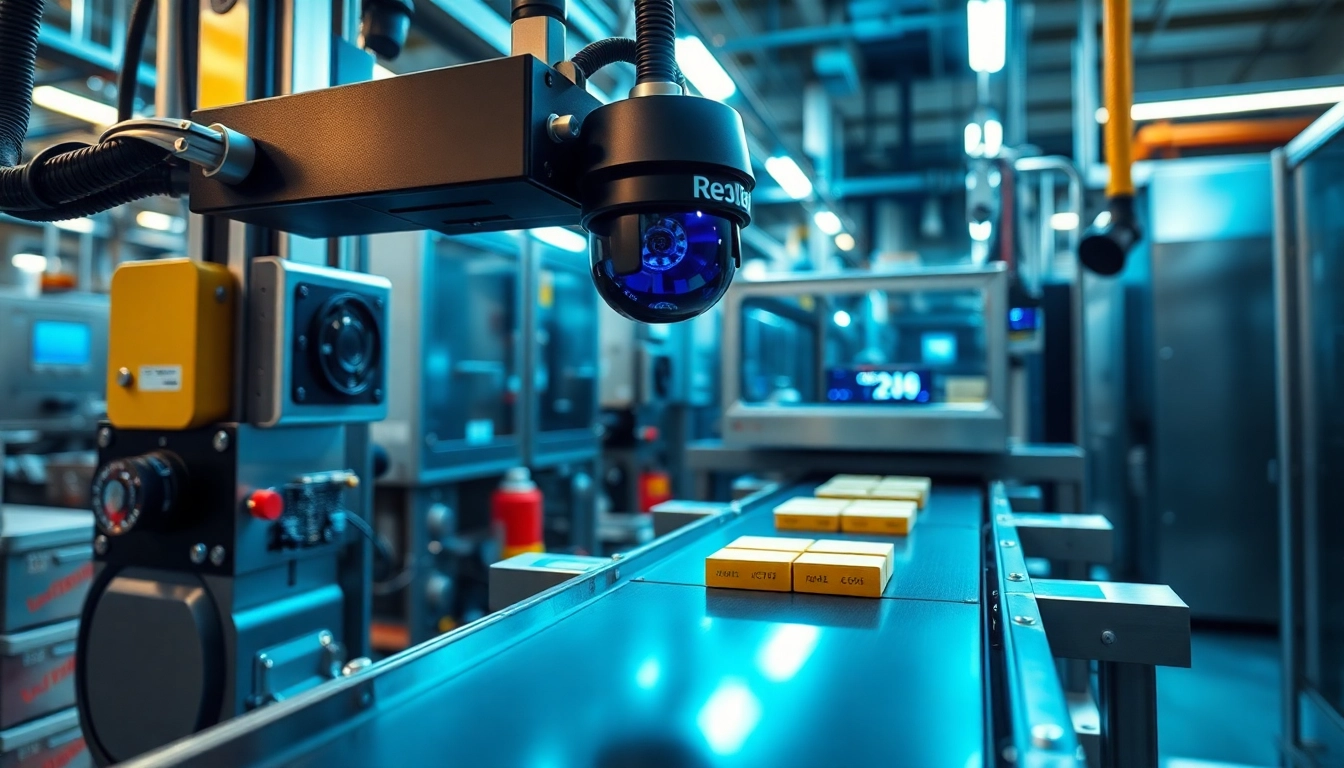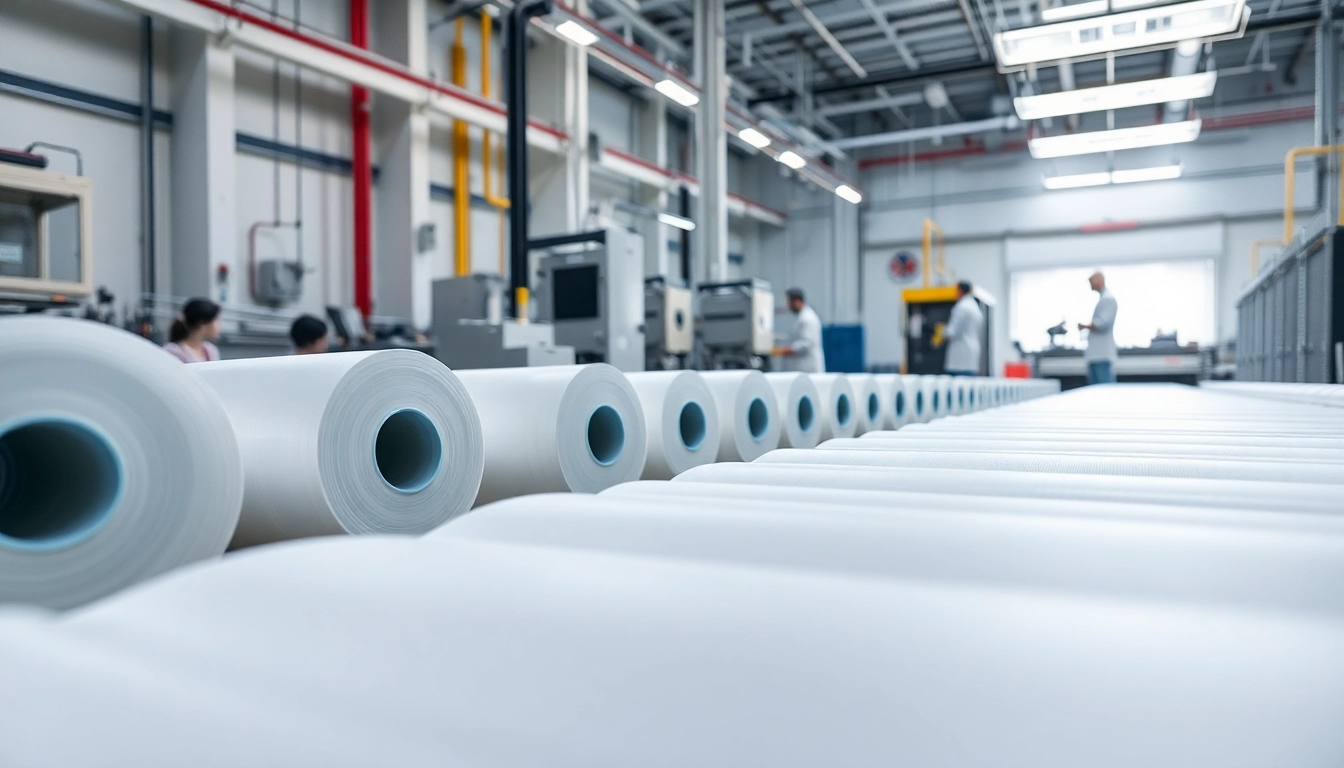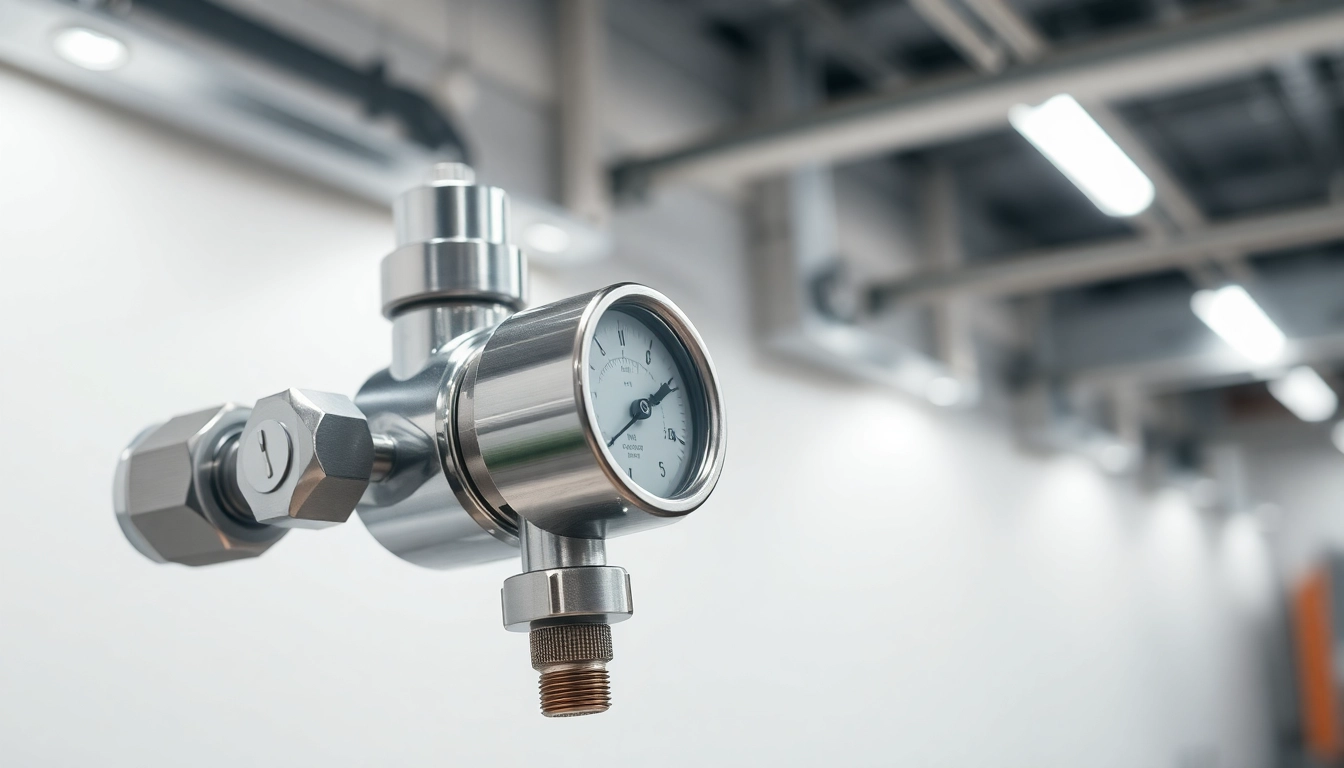Introduction to Machine Vision
In an era characterized by rapid technological innovation, the concept of machine vision has emerged as a vital component across various industries. Machine vision is the ability of machines to interpret and understand visual information from the world, enabling automated processes that were once exclusively human tasks. By utilizing sophisticated cameras and artificial intelligence, industries are significantly enhancing automation, quality control, and operational efficiency.
What is Machine Vision?
Machine vision can be defined as a technology that allows computers and machines to recognize, interpret, and act upon visual data. This process often involves a combination of hardware (such as cameras and sensors) and software (algorithms and image processing capabilities). Machine vision often automates tasks such as quality inspections, navigation, and even security measures by processing the visual data captured in real-time.
How Machine Vision Works
The workings of machine vision can be broken down into several key steps:
- Image Acquisition: The process begins with capturing images using cameras or sensors that are specially designed for various lighting and environmental conditions.
- Preprocessing: Once the images are captured, preprocessing is essential to enhance their quality. This can include filtering noise, adjusting lighting, or correcting distortions.
- Feature Extraction: This step involves identifying key features in the images, such as edges, shapes, or patterns, which are pertinent to the task at hand.
- Decision Making: Based on the extracted features, machine vision systems utilize algorithms to make decisions, such as identifying defects or determining the position of objects.
- Action: Finally, the system can trigger automated actions based on the decisions made, whether it’s moving components in a production line or alerting operators of issues.
Key Applications of Machine Vision
The applicability of machine vision is extensive and spans several fields:
- Manufacturing: For defect detection, quality assurance, and assembly verification processes, ensuring that products meet standards before reaching consumers.
- Healthcare: Used in medical imaging and diagnostics, aiding in the analysis of medical scans or identifying anomalies.
- Transportation: Plays a critical role in autonomous vehicles, allowing them to perceive their surroundings and make navigational decisions.
- Agriculture: Assists in monitoring crop health through aerial imagery and enabling automated harvesting.
- Retail: Involves inventory management systems that use visual recognition to track product availability on shelves.
Benefits of Implementing Machine Vision
Quality Control and Inspection
One of the most profound advantages of machine vision is its ability to enhance quality control. Machine vision systems are capable of inspecting products with greater precision and speed than human inspectors. By consistently detecting defects and inconsistencies, these systems help maintain high-quality standards. For instance, in the food packaging industry, machine vision can ensure that seals are intact and labels are correctly applied, thereby reducing errors and wastage.
Improving Operational Efficiency
Machine vision streamlines operations by minimizing manual intervention. Automated systems can operate continuously, leading to a significant uptick in productivity. Furthermore, integrating these systems into production lines can drastically reduce bottlenecks, ensuring that items move from one stage to the next without delay. For instance, in an automotive manufacturing plant, machine vision can optimize the assembly line by automatically tracking component availability and guiding robotic arms.
Cost Reduction Over Time
Investing in machine vision technology ultimately yields financial savings. Although initial investment costs can be daunting, the return on investment (ROI) becomes evident as efficiency rises and error rates diminish. Machine vision systems often lead to lower labor costs, reduced material waste, and enhanced production speed. In many cases, companies find that the long-term savings and improvements in quality assurance significantly outweigh the initial outlay.
Types of Machine Vision Systems
2D vs. 3D Machine Vision
Machine vision systems can be broadly classified into 2D and 3D systems, each serving distinct purposes based on application requirements:
- 2D Machine Vision: This type generally involves flat images and is primarily used for surface inspections, barcode reading, and alignment tasks. 2D cameras capture images that provide limited depth perception but are highly effective for identifying patterns and colors.
- 3D Machine Vision: 3D systems capture depth information and can create a three-dimensional representation of objects. This is particularly useful for applications requiring dimensional analysis, such as gauging the thickness of components or assessing the volume of products in a manufacturing setting.
Components of a Machine Vision System
A comprehensive machine vision system comprises several key components:
- Cameras: The eyes of the machine vision system, used to capture images. There are various types, including monochrome, color, and infrared cameras.
- Illumination: Proper lighting is critical for quality image acquisition. LED lights, lasers, and ring lights are often used to enhance visibility and reduce shadows.
- Processing Hardware: Computers or embedded systems that run algorithms for image processing and decision-making.
- Software: Specialized software designed for image analysis, including pattern recognition, pixel processing, and machine learning capabilities.
Choosing the Right System for Your Needs
Selecting a machine vision system requires a thorough understanding of specific requirements and applications. Key considerations include:
- Application Type: Determine whether you need 2D or 3D processing based on the nature of the tasks.
- Environmental Conditions: Identify any harsh conditions the equipment must endure, such as extreme temperatures or dust.
- Budget: Assess not only the initial investment but also long-term support and maintenance costs.
- Future Scalability: Take into account the potential for future technology adaptations or changes in production processes.
Challenges in Machine Vision
Environmental Factors Affecting Vision
Environmental factors such as lighting variability, ambient temperatures, and obstructions can significantly impact machine vision performance. Effective solutions include employing consistent lighting setups, utilizing advanced optics, and choosing camera types designed to minimize reflections and glare.
Integration with Existing Systems
Integrating machine vision systems with existing machinery and processes can pose challenges, especially regarding compatibility and data flow. A careful analysis of current workflows, including understanding how data will be shared amongst machines, is essential. Implementation often requires collaboration with manufacturers to develop customized integration solutions.
Cost Considerations
While cost benefits are a significant aspect of machine vision implementation, upfront costs can be high, particularly for sophisticated systems. Conducting a thorough cost-benefit analysis and considering financing options or phased implementations can help mitigate these concerns.
The Future of Machine Vision
Trends Transforming Machine Vision
Several emerging trends are set to shape the future landscape of machine vision technology:
- Artificial Intelligence: The integration of AI and machine learning is allowing machine vision systems to evolve from simple image analysis to complex decision-making processes.
- Edge Computing: As processing power moves closer to the data source, edge computing eliminates latency issues, allowing for real-time analysis and responsiveness.
- Increased Use of 3D Vision: As the demand for precision increases, more industries are adopting 3D vision systems to enhance accuracy in production.
Machine Vision in Robotics and AI
The convergence of machine vision with robotics and AI is resulting in more autonomous systems that can learn and adapt to their environments. These advancements enable robots not only to identify objects and navigate spaces but also to learn from previous tasks and improve efficiency over time. For instance, in warehousing, robots equipped with machine vision can optimize their routes by recognizing the layout, identify items for picking, and even evaluate storage locations based on prior experiences.
Preparing for Technological Advances
As the technology behind machine vision continues to evolve, businesses must remain flexible and adaptable. This involves investing in ongoing training for employees, staying updated with the latest advancements, and being willing to integrate new technologies as they become available. Organizations that foster a culture of continuous learning and adaptability will be well prepared to capitalize on machine vision opportunities in the future.


